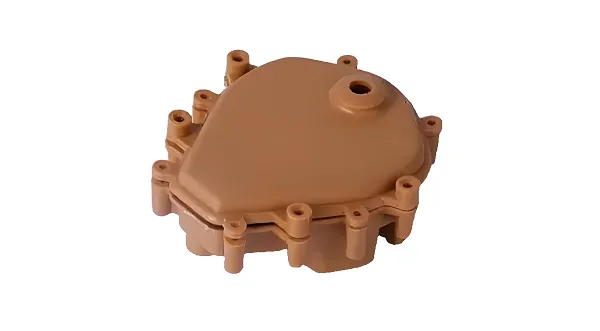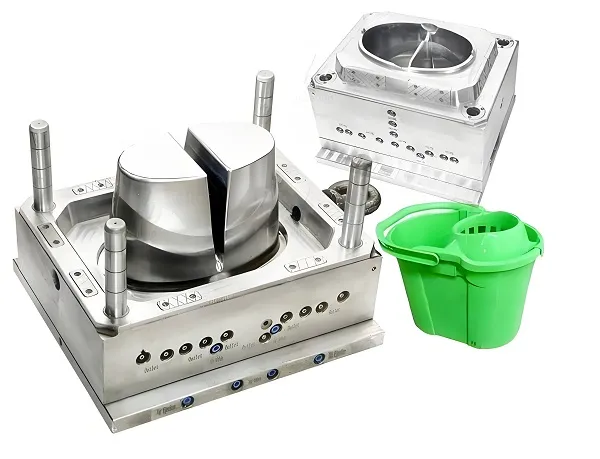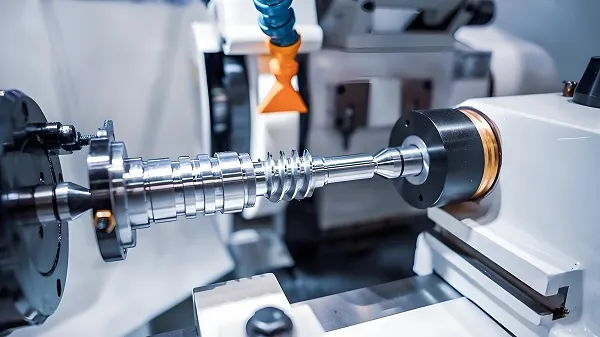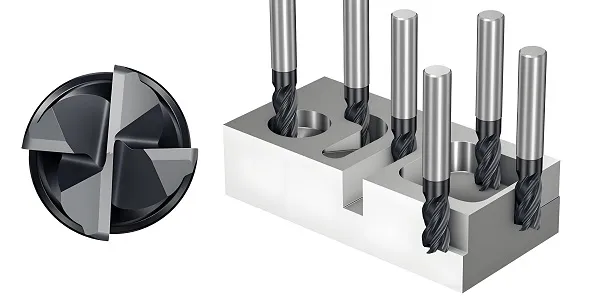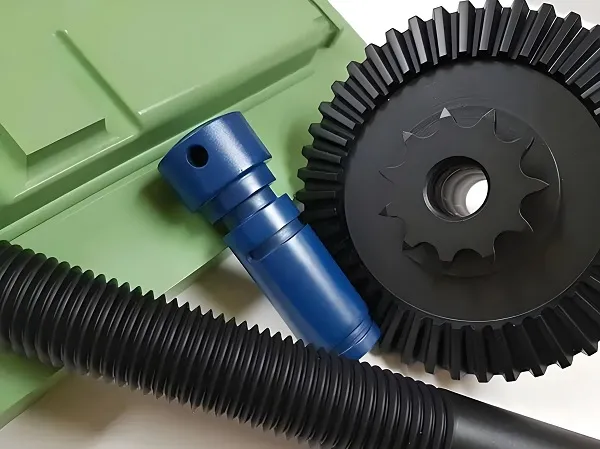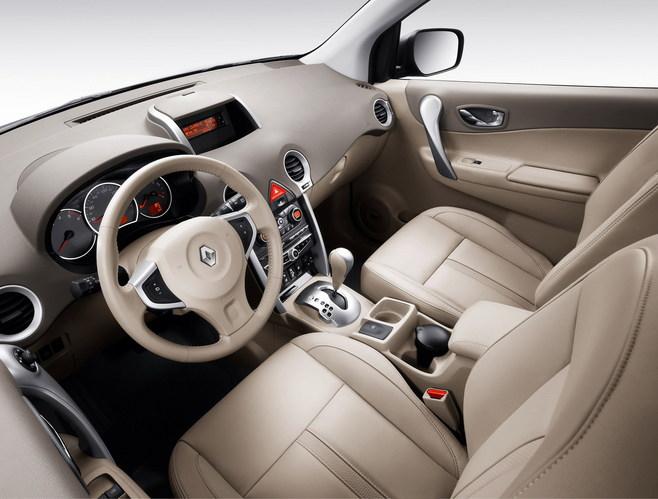
Step 1: Define Requirements & Material Selection
Key Considerations:
- Functional goals: Performance (e.g., 15% weight reduction for faster acceleration), durability (100,000+ km service life), or aesthetics (custom finishes matching OEM styling). A racing team might prioritize carbon fiber for a 50% weight reduction in body panels, while a luxury 车主 may opt for full-grain leather for interior comfort.
- Material matching: Select materials based on application:
|
Material
|
Key Properties
|
Custom Applications
|
Advantages
|
|
Carbon Fiber (3K Twill)
|
1,200MPa tensile strength, 1.5g/cm³ density
|
Body kits, spoilers, hoods
|
50-70% lighter than steel; high rigidity for aerodynamics.
|
|
Italian Leather (Full-Grain)
|
0.9-1.1mm thickness, 95% defect-free
|
Seat covers, steering wheel wraps
|
Premium tactile feel; ages gracefully with 50,000+ wear cycles.
|
|
Aluminum Alloy (6061-T6)
|
310MPa tensile strength, corrosion resistance
|
Custom wheels, intake manifolds
|
30% lighter than steel; compatible with anodizing for color customization.
|
|
Stainless Steel (316L)
|
515MPa tensile strength, 1,500+ hours salt spray resistance
|
Exhaust systems, roll cages
|
Withstands harsh environments; ideal for off-road and marine-adjacent vehicles.
|
Step 2: Design & Engineering (Customization Focus)
Critical Design Elements:
- OEM integration: 3D scan vehicle surfaces (±0.05mm accuracy) to ensure custom parts fit with ≤0.5mm gap. For example, a custom front bumper for a Tesla Model 3 must align with factory mounting points and preserve sensor functionality (e.g., radar, cameras) with 0.1mm precision.
- Performance optimization:
-
- Aerodynamic parts (splitters, diffusers) undergo CFD (Computational Fluid Dynamics) simulation to reduce drag coefficient (Cd) by 5-15%—a carbon fiber rear diffuser for a Mustang GT increased downforce by 40kg at 160km/h.
-
- Suspension components (coilovers, control arms) are engineered with FEA to handle 150% of OEM load capacity, with adjustable damping for personalized handling.
- Aesthetic customization:
-
- Surface finishes (matte carbon fiber, brushed aluminum, candy paint) are tested for UV resistance (ΔE <2 after 3,000 hours) to maintain appearance.
-
- Custom stitching patterns (diamond, herringbone) on leather seats use 3mm thread spacing with 98% pattern consistency across production runs.
Step 3: Choose Manufacturing Processes
1. Precision Machining (High-Tolerance Parts)
- CNC milling/turning: Produces metal components (aluminum, steel) with ±0.05mm tolerance—ideal for custom intake manifolds, throttle bodies, and wheel spacers. A 6061-T6 aluminum intake manifold with CNC-machined ports (±0.1mm diameter) improved airflow by 12%, boosting horsepower by 8hp.
- 5-axis machining: Creates complex 3D shapes (e.g., turbocharger brackets, suspension knuckles) with undercuts or curved surfaces, eliminating the need for multiple setups. A titanium racing bracket achieved 0.02mm positional accuracy across 6 mounting points.
2. Composite Manufacturing (Lightweight Parts)
- Carbon fiber layup: Hand-laid or robotic-prepreg carbon fiber parts (hoods, fenders, spoilers) cured in autoclaves (6-8 bar pressure) to 99.5% fiber volume, achieving 1,200MPa tensile strength. A custom carbon fiber hood for a Porsche 911 weighed 4.2kg (65% lighter than OEM aluminum).
- Fiberglass molding: Cost-effective for low-volume custom body kits (bumpers, side skirts) with 0.5mm surface finish, suitable for street cars and restorations. A 1967 Camaro fiberglass front bumper replicated OEM dimensions with 99% accuracy.
3. Fabrication & Assembly (Large/hybrid Parts)
- Welding & metal forming: Creates custom roll cages (chromoly steel) and frame extensions with TIG-welded joints (99% penetration) that meet FIA safety standards—a 10-point roll cage for a rally car withstood 10,000+ vibration cycles at 3,000 RPM.
- Upholstery & stitching: Industrial sewing machines with 16-axis control produce custom seat covers, door panels, and headliners, with leather/fabric materials cut to ±0.5mm tolerance for a perfect fit.
4. 3D Printing (Prototyping & Low-Volume Parts)
- SLA/FFF 3D printing: Produces plastic prototypes (ABS, PETG) of accessories (shift knobs, cup holders) in 2-3 days for fit testing, allowing design tweaks before final production.
- Metal 3D printing (SLM): Creates complex metal parts (e.g., custom exhaust flanges, fuel rail adapters) with 0.1mm layer resolution, ideal for one-off racing components.
Step 4: Prototyping & Validation
Prototype Development:
- Functional prototypes: CNC-machined or 3D-printed parts tested for fit (e.g., a custom grille prototype checked for 0.5mm gap with headlights) and function (e.g., a custom brake caliper prototype undergoes pressure testing at 3,000psi).
- Vehicle integration testing: Prototypes installed on target vehicles to verify:
-
- Clearance (e.g., 10mm minimum between a custom supercharger and hood).
-
- Compatibility with OEM systems (e.g., custom exhausts tested for no check-engine light triggers).
-
- Durability (e.g., suspension parts subjected to 10,000km road testing with 0.1mm maximum wear).
Step 5: Production & Quality Control
Production Technologies:
- Automated composite production: Robotic carbon fiber layup cells produce 20+ body panels/day with 99% repeatability, ensuring each part matches the prototype’s weight (±50g) and strength.
- Laser cutting: Precision cuts leather, fabric, or metal sheets (0.5-3mm thickness) for interior trims, seat covers, and metal badges with ±0.1mm tolerance.
- Custom painting: Automated paint booths with color-matching spectrophotometers (ΔE <1) apply custom finishes, with 3-layer clear coats (100μm thickness) for scratch resistance (3H pencil hardness).
Quality Checks:
- Dimensional inspection: CMM (Coordinate Measuring Machine) verifies critical dimensions (e.g., wheel offset, bolt pattern) with ±0.001mm accuracy.
- Material testing: Tensile testing of carbon fiber parts (≥1,000MPa), salt spray testing of metal parts (1,000+ hours for stainless steel), and UV testing of painted parts.
- Fit testing: 100% of parts are test-fitted on vehicle jigs or actual cars to ensure ≤0.5mm gaps with OEM components.
Step 6: Installation & Compatibility
- Mounting hardware: Custom brackets, bolts, and gaskets are included, with torque specifications (e.g., 35Nm for aluminum components) to prevent over-tightening.
- System compatibility: Electrical accessories (LED light bars, custom gauges) include plug-and-play wiring harnesses (OEM-compatible connectors) to avoid modifying factory wiring, ensuring no error codes.
- Documentation: Installation guides with 3D diagrams and torque charts, plus warranty coverage (2-5 years) for manufacturing defects.
Custom Car Parts & Accessories Applications
- Performance Upgrades: Turbo kits, cold air intakes, and adjustable suspension systems for street/race cars—e.g., a custom turbo kit for a Subaru WRX increased horsepower from 268hp to 400hp.
- Luxury Interiors: Bespoke leather seats, carbon fiber trim, and ambient lighting kits for high-end vehicles (BMW M, Mercedes-AMG)—a Rolls-Royce interior upgrade with hand-stitched leather and wood veneers matched the OEM’s luxury standards.
- Vintage Restorations: Reproduction parts for 1950s-1990s classics (Ford Mustang, Chevrolet Camaro) using original blueprints and modern materials—e.g., a 1969 Camaro front fender with 16-gauge steel and OEM-style paint.
- Off-Road Accessories: Rock sliders, winch bumpers, and lift kits for trucks/SUVs (Ford F-150, Jeep Wrangler)—a custom steel bumper for a Wrangler withstood 5,000N impact testing, protecting the vehicle’s frame.
Why Choose Goldcattle for Custom Car Parts?
- Design collaboration from concept to installation, with 3D renders and prototypes for approval.
- Material-matched manufacturing (carbon fiber for lightness, steel for strength) to meet your goals.
- Compliance with automotive standards (FMVSS, ECE) for safety-critical parts.

